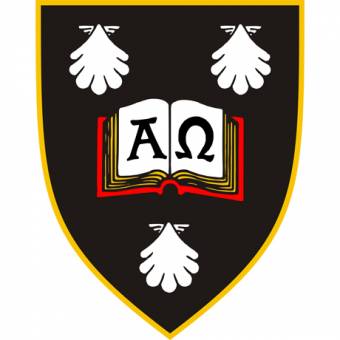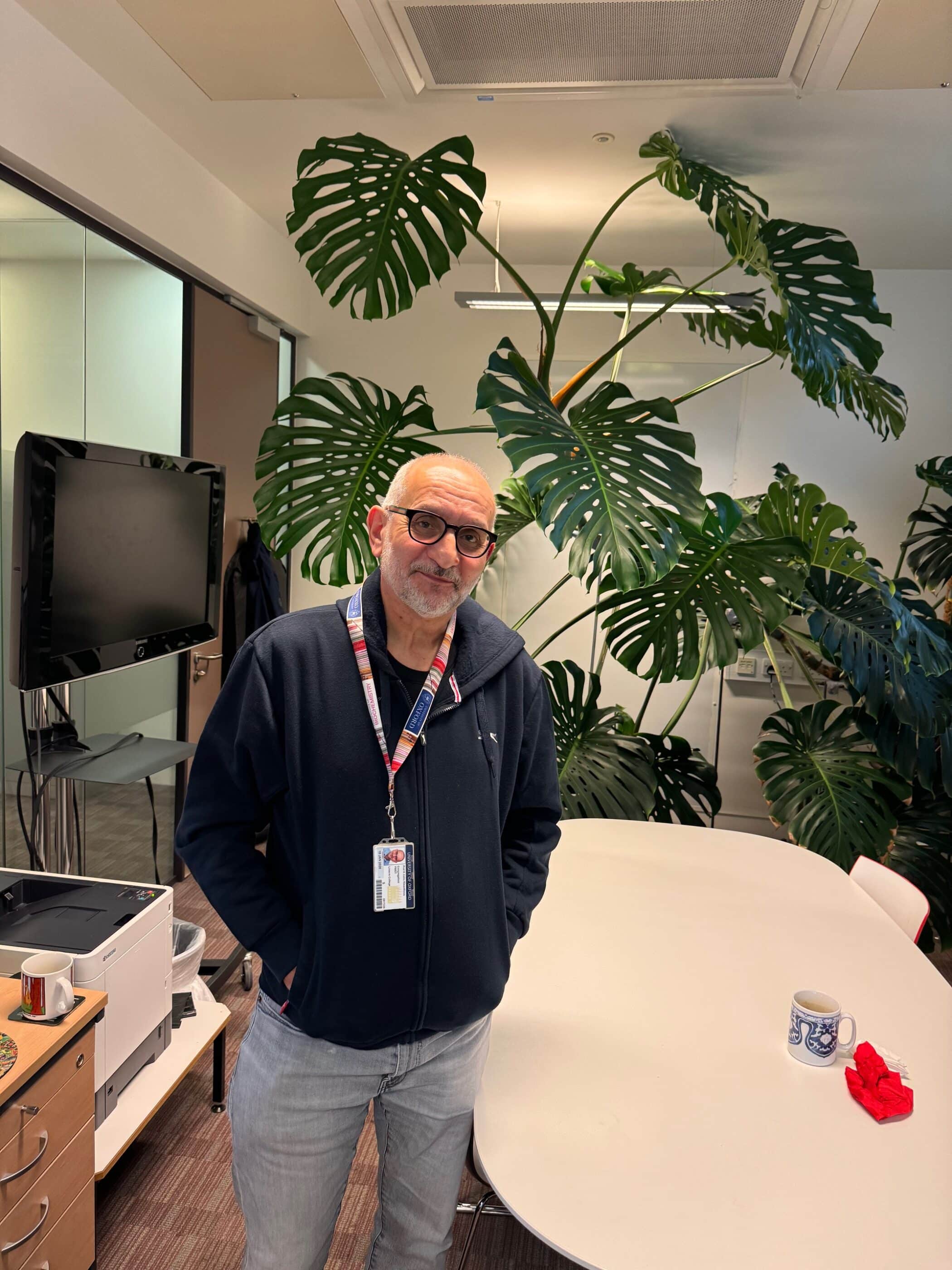National academies and learned societies exist around the world, from Albania to VietnamAccademia della Crusca (founded 1583), and the Royal Society of London (founded 1660), to those founded in the 21stCentury, such as the Learned Society of Wales (founded in 2010). The roles they play are a reflection of their national context and history, and for those founded in different centuries, many are now finding contemporary roles as champions of research and knowledge, and as authoritative voices in an age of an overload of information.
After graduating from Linacre College in 1992, I have had the pleasure of working for two National Academies – the Royal Society of Edinburgh and the Royal Society of New Zealand Te Apārangi ).
The Royal Society of Edinburgh’s Charter of 1783 is “the advancement of learning and useful knowledge” and following Devolution in 2000 and the formation of the new Scottish Parliament, it has played an active role in drawing on the knowledge from Scotland’s universities and research institutes to provide expert views and advice to the Scottish Government and Members of the Scottish Parliament. One of the advantages the Society has is that it is multidisciplinary, encompassing the full range of disciplines from the natural and social sciences, to the humanities and business. Another initiative of the Royal Society of Edinburgh has been its outreach programme, delivering inspirational and educational events and activities in local communities around Scotland, which do not have a strong university or research institute presence, or where there is an interest in bringing in a public programme from the Society.
The Royal Society Te Apārangi, in New Zealand, had a different beginning to many academies. In the 1800s there were regional community-based organisations in New Zealand where members of the public interested in nature, science, and culture, could meet to share information and discuss the scientific theories of the day. In 1867, with their support, an Act of Parliament was passed to establish the New Zealand Institute to be able to publish people’s ideas and findings in a Transactions and Proceedings. The name changed to the Royal Society of New Zealand in 1993, and we now use the Māori name, Royal Society Te Apārangi. In addition to elected Fellows, it also has a Membership category, where any researcher can become a member and support its work.
Like the Royal Society of Edinburgh, The Royal Society Te Apārangi represents the full disciplinary range of research in the country, from the sciences to the humanities, following a change in its Act of Parliament in 2012. This has allowed the Society’s expert advice to bring in legal, social and ethical considerations to the scientific challenges of the day. In recognising the array of information available on the internet, the Royal Society Te Apārangi has sought to be an authoritative expert voice on issues for the public, presenting the expert academic knowledge available in our Universities and Research Institutes, in a way that is accessible to the public, on topics such as equality, cannabis and health, gene editing, plastic in the environment, artificial intelligence and climate change.
One of the exciting journies the Society is now taking it seeking to better support indigenous Māori knowledge (mātauranga Māori) alongside western knowledge within the academy, in terms of better recognising Māori scholars achievements, excellence in mātauranga Māori, and the use of the Te Reo Māori language itself.
So in 2021, the role of National Academies remains important, as a bridge between academia and government, a source of authoritative information, and a source of leadership for the academic community. Why don’t you look up one near you!
Marc Rands DPhil – Linacre College (1989-92)
Kaiwhakahaere Pūmātauranga, Academy Executive Officer, Royal Society Te Apārangi, Wellington, New Zealand
(Ref: McCarthy, D., & Rands, M. (2013). Learned societies: A bridge between research, policy making and funding. Studies in Higher Education, 38(3), 470-483.)


















